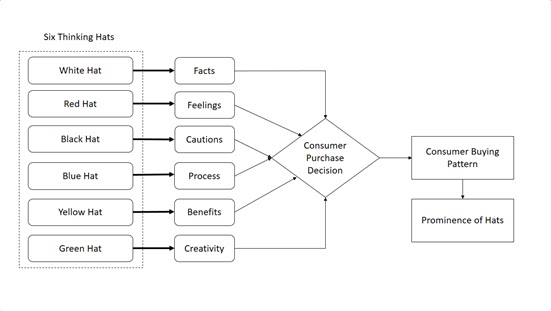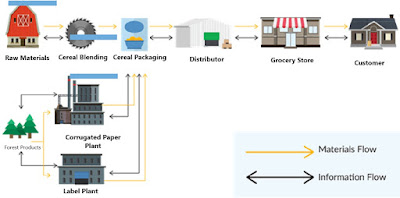Supply Chain
A supply chain is a network of individual functions within an organization that begins with the development of a strategic plan and ends with the delivery of a product or service. Those functions are listed below:
Customer Service Operations
While customer service is presented as the last learning block, it actually threads its way throughout the supply chain. Customer service is essentially the delivery of customer satisfaction and covers all aspects of the supply chain. Customer service focuses on identifying and meeting customers’ needs, wants, and expectations before, during, and after they buy products. It constantly interfaces with logistics and transportation to ensure products get to where they belong, on time.
Customer service also interfaces with operations, warehousing, and inventory, which assist in ensuring customers receive products when they need or want them while simultaneously managing inventory to control costs. The function of customer service is essential to any organization, whether in the private sector (e.g., manufacturers, wholesalers, retailers, carriers, and third-party logistics providers) or the public sector (e.g., government agencies, airports, ports, and terminals).
The demands have increased significantly, so it is crucial for anyone employed in supply chains to understand the key elements of customer service like distribution channels, e-commerce, brick and mortar stores, and reverse logistics. This function also requires individuals to understand the skills needed to handle customer complains effectively, address customer concerns, and communicate consistently within organizations to satisfy customers. Within the modules of an ERP system or in standalone systems, customer service is supported by:
1. Inventory stock status
2. Customer contact management
3. Salesforce management
4. Customer relationship management (CRM) systems.
Customer service can be a discriminator for a company to maintain excellent customer satisfaction based on the processes for taking orders, resolving problems, and ensuring timely delivery.
Reference: Warehousing Operations Certification Track. LINCS in Supply Chain Management Consortium. May 2016. Version: v2.22. www.LINCSeducation.org.
Fahad Mahmud
Lecturer (Technical), Department of textiles at SKTEC
Texpedi.com
Check out these related articles:







